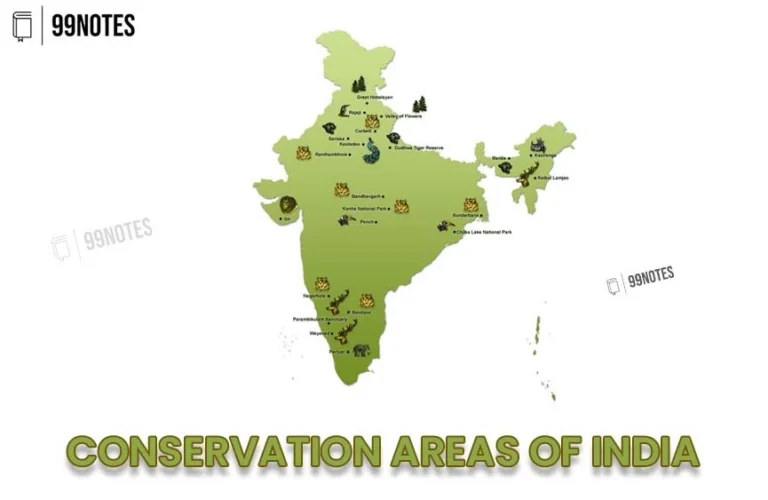Harshita Goyal: UPSC AIR 2 Topper 2024 — A Journey of Dedication and Artistry
The Union Public Service Commission (UPSC) Civil Services Examination 2024 results have spotlighted remarkable talents, with Harshita Goyal securing the prestigious All India Rank 2. Her journey from Haryana to the echelons of India’s civil services is a testament to perseverance, intellect, and creativity. About Harshita Goyal Attribute Details Name Harshita Goyal Age 25yr Caste…










